More bird musings...
mulberryknob
11 years ago
Related Stories
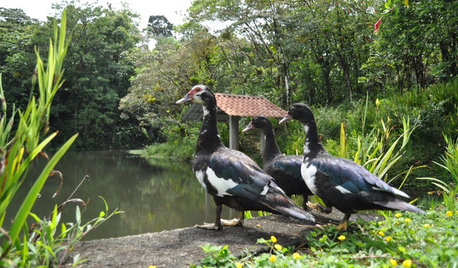
LIFEYou Said It: ‘The Birds Will Thank You’ and More Houzz Quotables
Design advice, inspiration and observations that struck a chord this week
Full Story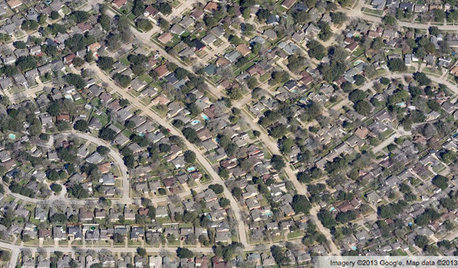
COMMUNITYGet a Bird's-Eye View of America's Housing Patterns
See the big picture of how suburban developments are changing the country's landscape, with aerial photos and ideas for the future
Full Story
GARDENING GUIDESBackyard Birds: Northern Cardinals in the Snow, and Other Red Birds
Brilliant crimson feathers make these friends stand out in a crowd
Full Story
ARCHITECTURETell a Story With Design for a More Meaningful Home
Go beyond a home's bones to find the narrative at its heart, for a more rewarding experience
Full Story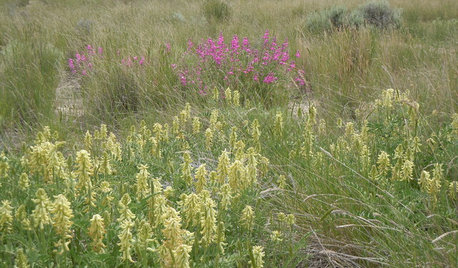
GARDENING GUIDESGreat Design Plant: Canadian Milkvetch Draws Bees and Birds
Its seedpods have visual appeal, but winged creatures are lured to Astralagus canadensis for more than its looks
Full Story
DECORATING GUIDESMore Is More: The 10 Tenets of Maximalist Style
Ready to join the school of over-the-top design? Learn how to embrace excess in your interiors
Full Story
INSPIRING GARDENSLawn Gives Way to a More Natural Lakeside Garden
Meadow grasses, beach pebbles and driftwood replace turfgrass in a nature-friendly landscape on Lake Washington’s shore
Full Story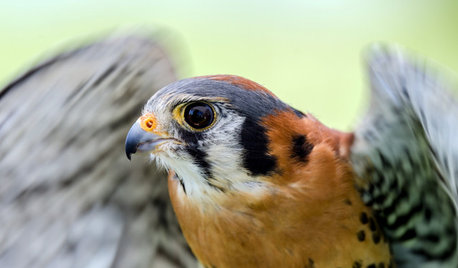
GARDENING GUIDESBackyard Birds: Create a Home for American Kestrels
These copper-colored birds of prey can be found throughout North and South America and often find habitats near human activity
Full Story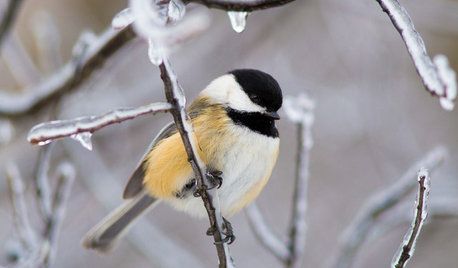
GARDENING FOR BIRDSBackyard Birds: Marvel at Chickadees This Winter
These North American natives flock to bird feeders and entertain with their complex birdcalls
Full Story
GARDENING GUIDES8 Native Shrubs for Year-Round Bird Feeding
It’s not just about berries. These plants provide insects for birds and seasonal interest for gardeners
Full StorySponsored
More Discussions







mulberryknobOriginal Author
helenh
Related Professionals
Allen Landscape Architects & Landscape Designers · Tempe Landscape Architects & Landscape Designers · Oatfield Landscape Architects & Landscape Designers · Fairfield Landscape Contractors · Hawaii Landscape Contractors · Tinton Falls Landscape Contractors · Winchester Landscape Contractors · American Fork Decks, Patios & Outdoor Enclosures · Atlantic City Decks, Patios & Outdoor Enclosures · Bainbridge Island Decks, Patios & Outdoor Enclosures · Gladstone Decks, Patios & Outdoor Enclosures · Kissimmee Decks, Patios & Outdoor Enclosures · Miami Decks, Patios & Outdoor Enclosures · Pittsburgh Decks, Patios & Outdoor Enclosures · Wildomar Decks, Patios & Outdoor Enclosuressusanlynne48
Okiedawn OK Zone 7
mulberryknobOriginal Author
susanlynne48
Okiedawn OK Zone 7